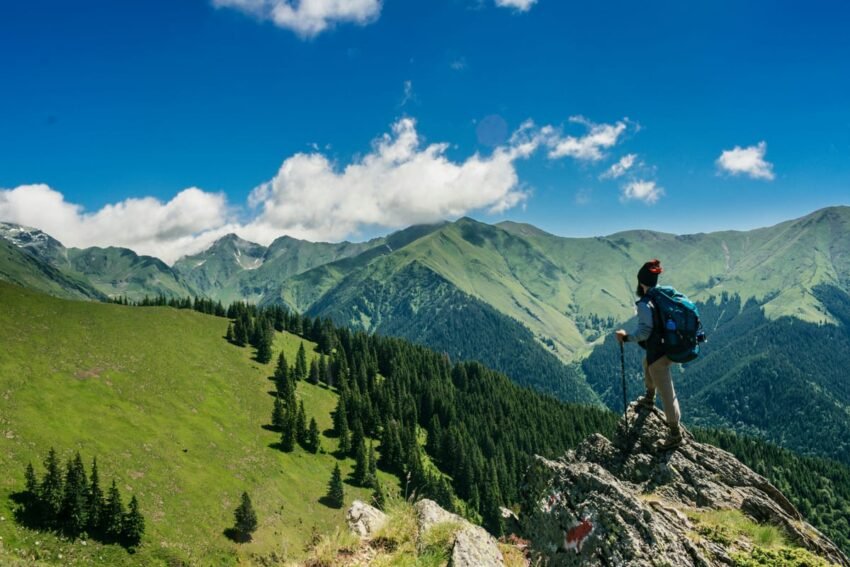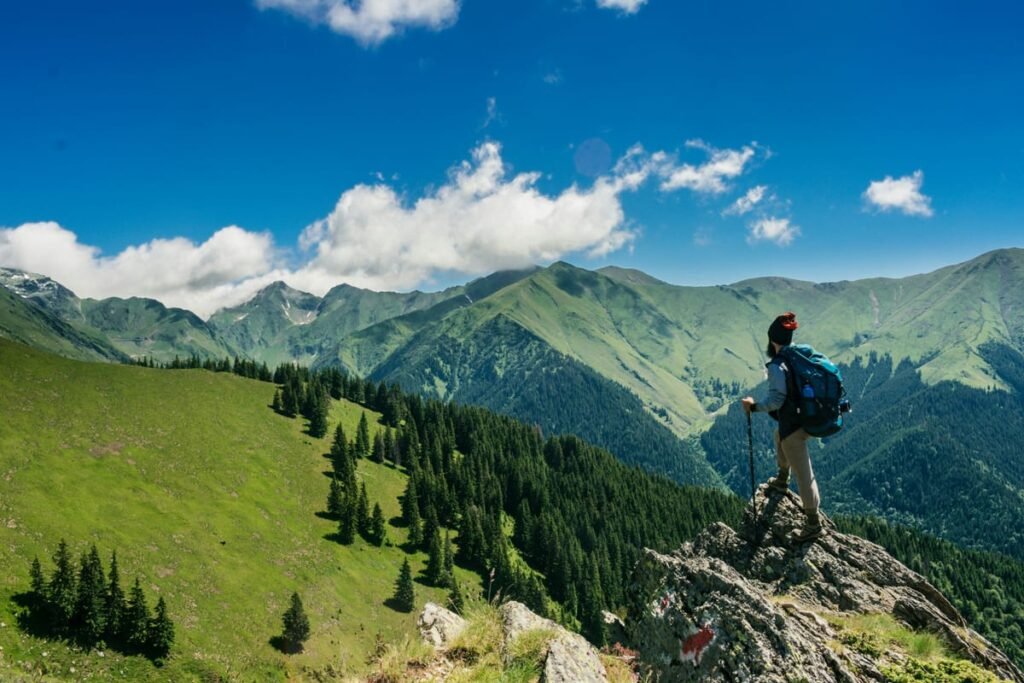
Sustainable Travel: Exploring the World Responsibly
Sustainable travel is all about experiencing the world in a way that respects the planet and its climate challenges, while also ensuring that the places we visit benefit from our presence in the long run. It’s about striking the right balance—getting the most out of our travels while minimizing the negative impacts.
What’s the Situation?

Right now, carbon dioxide levels in the atmosphere are higher than they’ve been in at least 800,000 years—over 400 parts per million and still climbing. This is causing global temperatures to rise. In 2024, we crossed the 1.5°C temperature rise threshold, which scientists warn could have dangerous impacts on the planet. Keeping this rise in check is crucial for maintaining climate stability, and time is running out. The next decade is critical in determining our future.
How Does This Affect Nature?
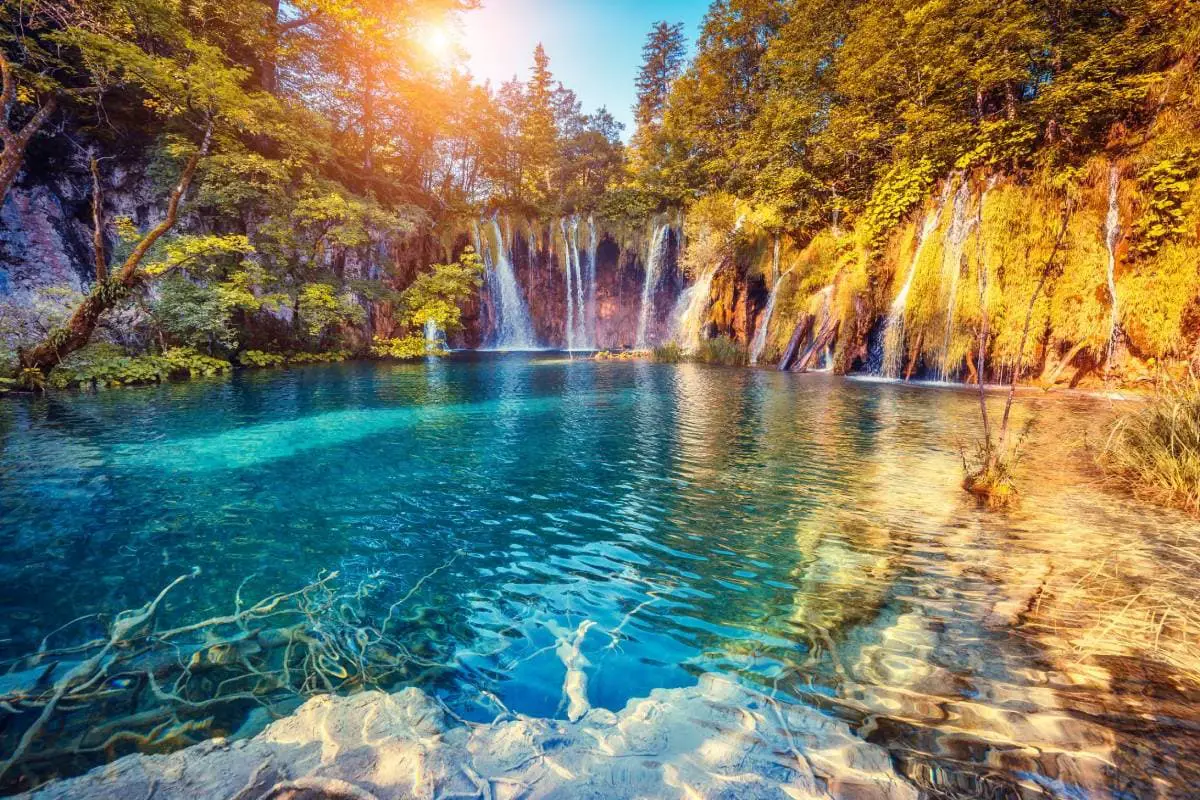
Alongside the climate crisis, there’s also a nature emergency. Around the world, 1 million species of animals and plants are at risk of extinction due to factors like farming, logging, hunting, invasive species, pollution, and climate change. And it’s not just happening in far-off rainforests or the Arctic—it’s happening here too, in our own hedgerows, forests, garden birds, and marine life.
What Can You Do?

Being a sustainable traveler isn’t about making huge, one-time changes—it’s a mindset. It’s about making thoughtful decisions at every step of your trip, from what you pack to how you travel, where you stay, and what you do once you’re there.
Where Do I Start?

First, pack lighter. The less you bring, the less you’ll throw away, and it’s easier to get around, especially by foot, bike, or public transport. Traveling light also helps fuel efficiency, especially when using electric cars.
Here’s a handy trick to follow: Think about the three Rs:
- Reduce: What can you leave behind? Are there items that can serve multiple purposes?
- Reuse: What can you bring that you’ll use more than once?
- Recycle: What can you pack that’s recyclable when you’re done with it?
Skip single-use plastics—like bottles, bags, and straws—which break down into harmful microplastics, eventually ending up in the food chain and affecting marine life. Instead, bring a refillable water bottle, a coffee cup, Tupperware for food and toiletries, and a shopping bag (super handy for markets and avoiding plastic bags).
What’s the Biggest Change I Can Make?
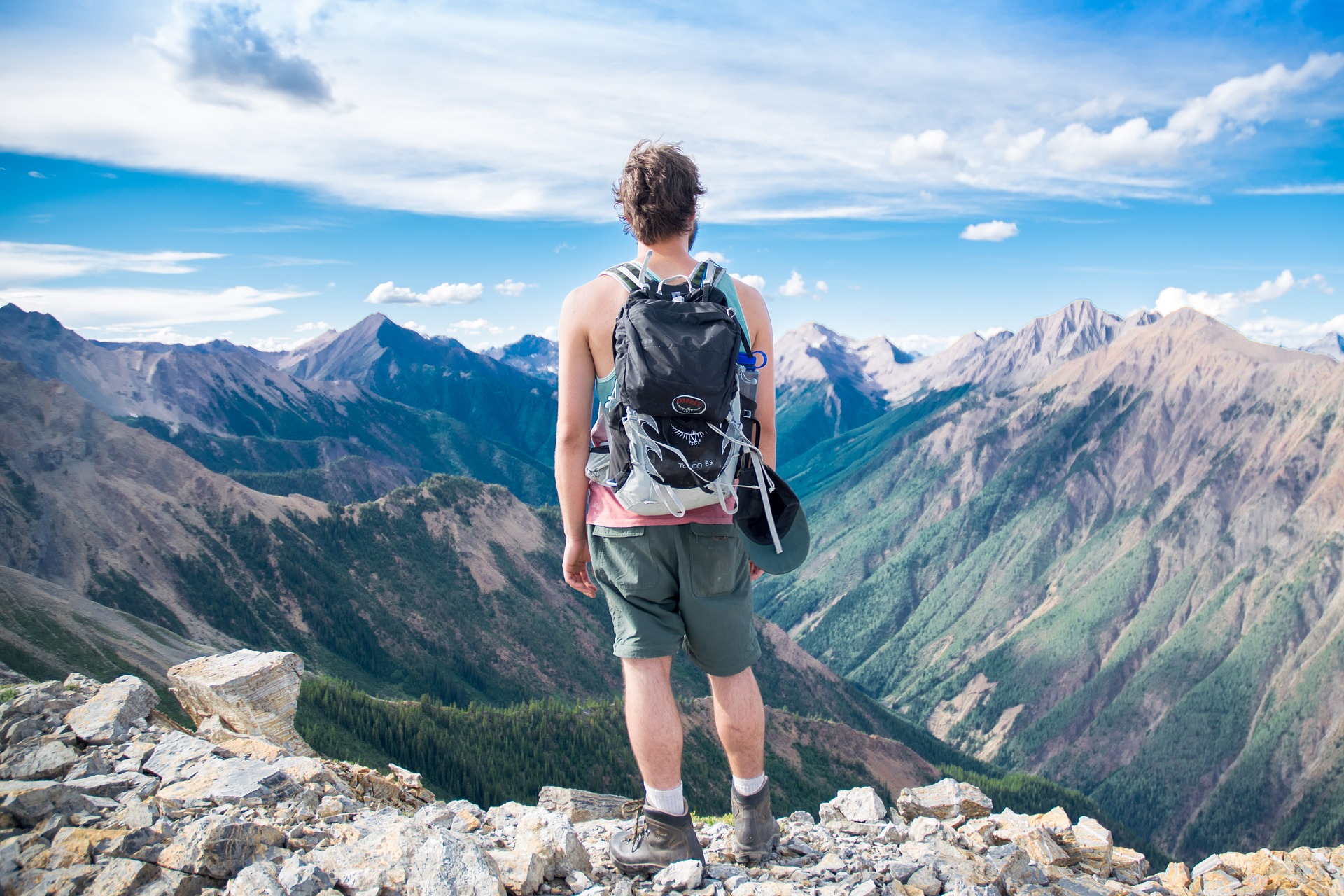
The most impactful way to reduce travel emissions is to rethink your transport. This often makes up over 70% of a trip’s carbon footprint. The best ways to lower your impact are:
- Travel shorter distances
- Use low- or zero-emission transport (trains, buses, bikes)
- Skip vehicles altogether and walk, cycle, or sail
Planes emit far more CO₂ than land transport. Even though there are efforts to make flying greener (like alternative fuels and electric/hydrogen tech), it’ll take at least a decade for most airlines to catch up. For now, a long-haul flight can emit as much CO₂ as a year’s worth of driving a petrol car. In the UK, trains emit 6 times less CO₂ than flying, and buses 9 times less. In Europe, where many trains are electric (like Eurostar), rail travel can be up to 10 times cleaner than flying.
What If I Have to Fly?

If you do need to fly, not all flights or airlines are created equal. Use tools like Skyscanner or Opodo’s “lower CO₂e” filter to find flights that emit below-average carbon.
Since flying is still a major polluter, try a “flexitarian” approach: mostly travel overland, fly less often, stay longer when you do fly, and choose trips that help nature or local communities.
What About My Carbon Footprint at the Destination?

Your choices at the destination matter too. An average UK hotel stay emits 31.1kg of CO₂ per night (according to the Hotel Carbon Measurement Initiative), so opting for a low-emission hotel can make a big difference. Thankfully, eco-friendly accommodations are becoming easier to find. Look for green filters on websites like Airbnb (“off-the-grid”), Sawday’s (“Sustainable Stars”), or i-escape (“Eco Rating”). Even bigger platforms like Booking.com and TripAdvisor now highlight eco-certified hotels. Many of these hotels do more than cut emissions—they also reduce waste, water usage, and chemicals.
Eating local and seasonal food is another great way to reduce your footprint while supporting the local community. “Food miles” really add up, so choosing fresh bread from a bakery, market salads, or the day’s catch at a nearby restaurant is not only more eco-friendly but also healthier and helps local businesses thrive.
Where to Go?
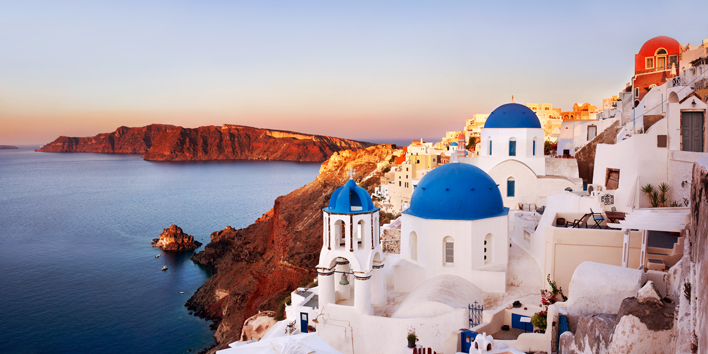
Some European cities are leading the way in green travel—places like Bristol, Angers, Nantes, Zurich, Ljubljana, and Copenhagen. These cities are pushing for circular economies, sustainable transport, and eco-friendly policies that accelerate their progress toward net-zero goals. They also feature urban wetlands, green spaces, and parks that boost biodiversity and give visitors a peaceful escape.
Getting Around

Countries with modern rail networks make low-carbon travel easy. Switzerland has an outstanding public transport system (trains, buses, boats, and city transit), and their Travel Pass even covers entry to 500 museums. France, Spain, Italy, and Germany also have excellent high-speed rail systems, especially between major cities.
What About Long-Haul Trips?

Some countries are integrating sustainability into tourism practices. For example, Costa Rica, after years of deforestation, has reversed the trend and now has over half of its land covered in forests (up from 26% in 1983). Its eco-lodges help protect rainforests while providing visitors with unforgettable stays. Guyana is also embracing ecotourism, with lodges like Iwokrama River Lodge, Rewa Eco-Lodge, and Surama Eco-Lodge offering unique wildlife experiences that support conservation and local communities.
By making these small but significant changes, we can all enjoy travel that benefits the planet and the places we visit—leaving a positive impact for future generations.
FAQs
1. What is sustainable travel?
Sustainable travel is about exploring the world in a way that minimizes the negative impact on the environment and local communities, while ensuring that the places we visit benefit from our presence in the long run. It’s about making conscious choices at every step of your journey—what you pack, how you travel, where you stay, and what you do once you arrive.
2. How does transportation affect my travel carbon footprint?
Transportation is responsible for over 70% of a trip’s carbon footprint. Air travel emits much more CO₂ than other forms of transportation. To reduce your carbon footprint, consider traveling shorter distances, using trains, buses, or bikes, or even walking. If you have to fly, try to fly less often and choose flights that have lower carbon emissions.
3. How can I reduce plastic waste while traveling?
A great way to cut down on plastic waste is by avoiding single-use plastics like bottles, bags, and straws. Instead, bring a refillable water bottle, a reusable coffee cup, Tupperware for food and toiletries, and a shopping bag. This helps prevent harmful microplastics from ending up in the food chain and harming marine life.
4. What are some sustainable accommodations options?
Eco-friendly accommodations are increasingly easy to find. Look for hotels or rentals with green certifications or sustainability-focused initiatives. Platforms like Airbnb, Booking.com, and TripAdvisor now highlight eco-friendly stays with features like energy efficiency, waste reduction, and water conservation.
5. How can I support local communities while traveling sustainably?
Eating local and seasonal food not only reduces your carbon footprint but also supports local farmers and businesses. Additionally, opting for eco-lodges or staying in destinations that focus on conservation efforts—such as Costa Rica or Guyana—helps sustain local ecosystems and communities.
Conclusion
Sustainable travel is about making conscious choices to minimize our environmental impact while still enjoying the beauty and culture the world has to offer. Whether it’s reducing plastic waste, choosing eco-friendly transport, supporting local businesses, or staying in sustainable accommodations, small changes can make a big difference.
The planet is facing significant climate and nature challenges, but by traveling thoughtfully, we can contribute to preserving the places we love to visit. Whether you’re exploring cities that prioritize green policies or staying at eco-lodges that protect local ecosystems, sustainable travel allows you to enjoy new experiences while helping protect the planet for future generations. So next time you plan a trip, think about how you can travel responsibly—and leave a positive impact on the world.
